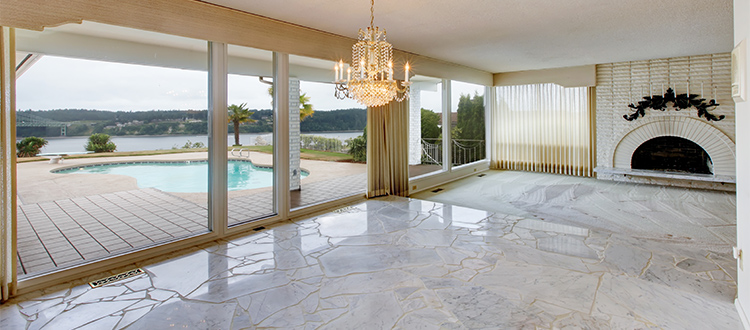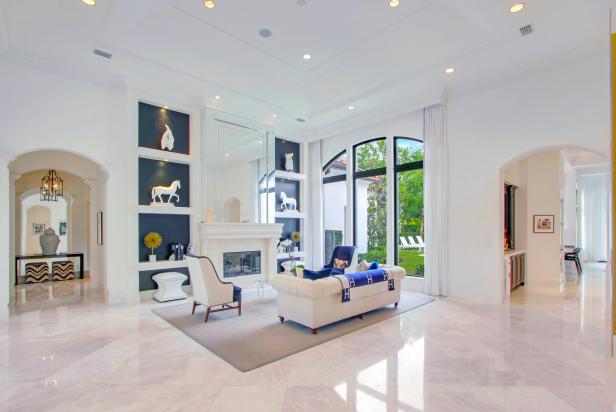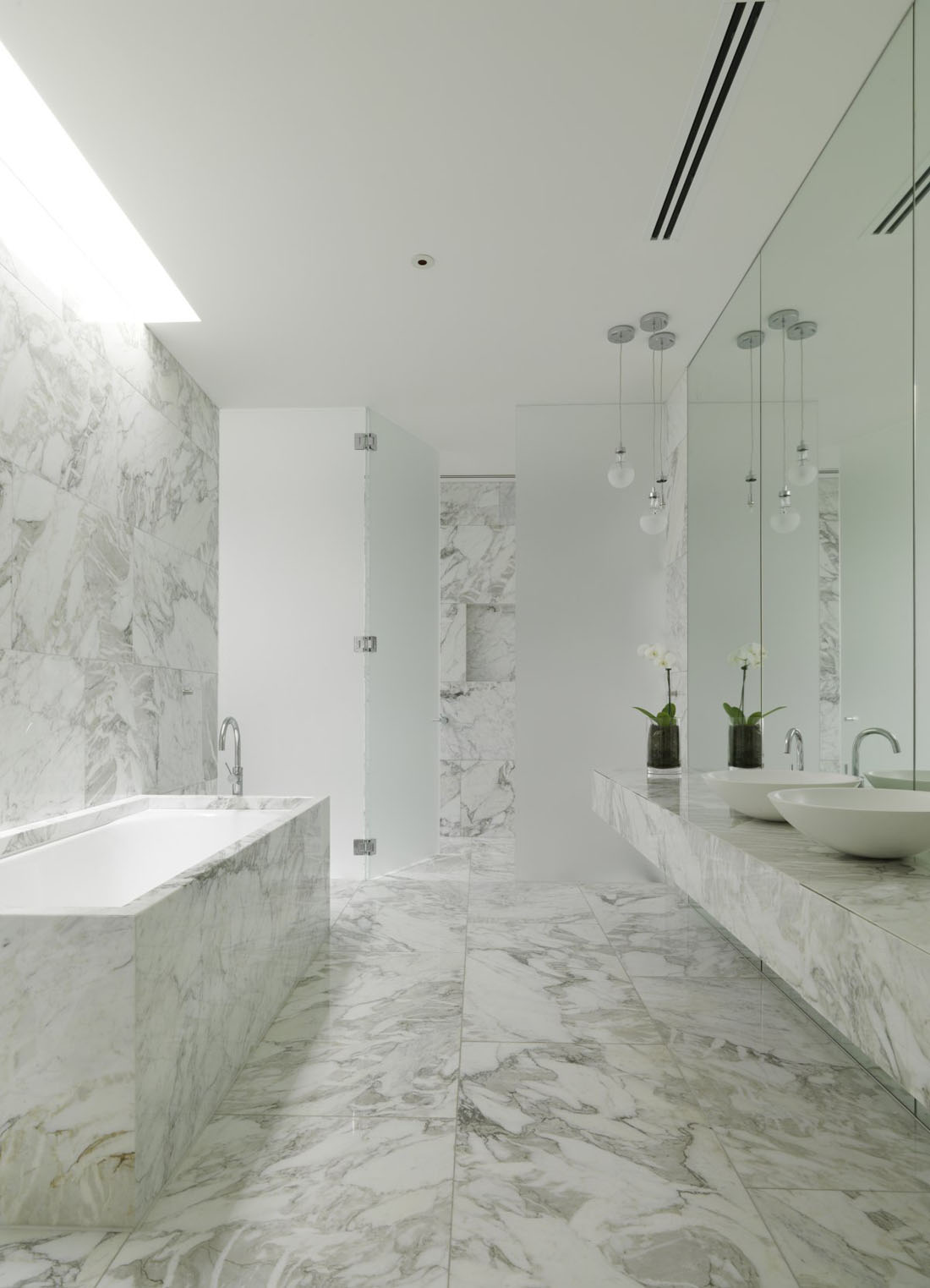MARBLE IN INDIA
MARBLE,
COZI AND CHARMING,
CLASSIC AND BEAUTIFUL,
OLD AND LATEST BY BHANDARI MARBLE GROUP.
Marble: A Geological Look at a Classic Stone
From the shimmering aura of the Taj Mahal to the humble floor of your home’s bathroom, Marble is one of the world’s most revered and useful natural materials. Marble is Michelangelo’s David, the Washington Monument, and the Duomo of Florence.
COZI AND CHARMING,
CLASSIC AND BEAUTIFUL,
OLD AND LATEST BY BHANDARI MARBLE GROUP.
Marble: A Geological Look at a Classic Stone
From the shimmering aura of the Taj Mahal to the humble floor of your home’s bathroom, Marble is one of the world’s most revered and useful natural materials. Marble is Michelangelo’s David, the Washington Monument, and the Duomo of Florence.

The tropical shoals that give rise to limestone do not stay peaceful indefinitely. Oceans are basically geologic conveyor belts. The ocean floor slowly spreads apart from the center and slips underneath continents at the edges, gradually rearranging the map of the world.
When a limestone seabed gets dragged down into the Earth’s crust, the additional heat transforms the calcite grains and fuses them together tightly. The dynamic action of rock layers as they become buried, twisted and shoved around causes the original flat-lying layers to bend, buckle, and swirl together. A rock in this heated state doesn’t melt. It’s simply warm and flexible, much like a chocolate bar left in your pocket. This process of heating and warping is responsible for marble’s trademark aesthetic of gracefully flowing bands of color. The grey swirls in marble are simply clay layers that got folded, smeared, and re-folded into the marble-like a ribbon of chocolate infused throughout fudge ripple ice cream.
When a limestone seabed gets dragged down into the Earth’s crust, the additional heat transforms the calcite grains and fuses them together tightly. The dynamic action of rock layers as they become buried, twisted and shoved around causes the original flat-lying layers to bend, buckle, and swirl together. A rock in this heated state doesn’t melt. It’s simply warm and flexible, much like a chocolate bar left in your pocket. This process of heating and warping is responsible for marble’s trademark aesthetic of gracefully flowing bands of color. The grey swirls in marble are simply clay layers that got folded, smeared, and re-folded into the marble-like a ribbon of chocolate infused throughout fudge ripple ice cream.

Patterns and colorways give marble versatility and character
Part of what makes natural stone so appealing is the huge range of colors and variations expressed in solid rock. On one hand, these patterns tug on our heartstrings and offer aesthetic possibilities. On the other hand, each of these variations has its roots in some sort of geologic process.
Most marble is white. The classic, white marble is pure calcite, without intervening minerals to lend it color. Yule and Thassos marbles are well-known examples of pristine white marbles. more about white stones here. Marble can take on a delightful range of hues and textures. Pink marble is tinted by iron oxide, as is golden marble. Green marble and deep red marble contain serpentine, rich in magnesium. Fossil-rich limestone becomes graphite-infused marble, as the carbon in fish, algae, or seaweed reverts back to the elemental carbon in graphite when the rock is heated. Graphite-rich marble is steely grey with a metallic glimmer.
Part of what makes natural stone so appealing is the huge range of colors and variations expressed in solid rock. On one hand, these patterns tug on our heartstrings and offer aesthetic possibilities. On the other hand, each of these variations has its roots in some sort of geologic process.
Most marble is white. The classic, white marble is pure calcite, without intervening minerals to lend it color. Yule and Thassos marbles are well-known examples of pristine white marbles. more about white stones here. Marble can take on a delightful range of hues and textures. Pink marble is tinted by iron oxide, as is golden marble. Green marble and deep red marble contain serpentine, rich in magnesium. Fossil-rich limestone becomes graphite-infused marble, as the carbon in fish, algae, or seaweed reverts back to the elemental carbon in graphite when the rock is heated. Graphite-rich marble is steely grey with a metallic glimmer.

A marble breccia is formed when the stone fractures underground, which can happen if a stone lives in a fault zone. Mineral-laden groundwater comes to the rescue, filling in the voids and patching the fragments back into a solid mass while creating a spectacular pattern at the same time. Arabescato is a beautiful example of a marble breccia.
The mineral content of marble is the same as the limestone it came from, and both of these stones are made of calcite, calcium carbonate, Calcite is one of the more common minerals on Earth’s surface; in addition to limestone and marble, calcite is the primary ingredient in travertine and onyx.
The mineral content of marble is the same as the limestone it came from, and both of these stones are made of calcite, calcium carbonate, Calcite is one of the more common minerals on Earth’s surface; in addition to limestone and marble, calcite is the primary ingredient in travertine and onyx.

Calcite has a few properties that you should know about before you fall head over heels in love with a stunning marble slab. Calcite is 3 on the Mohs hardness scale, which means it will get scratched by knife blades, ceramics, and a cast-iron skillet accidentally slid across the kitchen island.
Calcite is also chemically reactive with common acids, such as those found in lemonade, wine, and colas. When acidic liquids land on a marble slab, a tiny amount of the stone is dissolved, or etched. This doesn’t affect the integrity of the stone, but it does leave a slight change in the color and/or luster of the stone. On a polished stone, an etch looks like an unpolished area.
Calcite is also chemically reactive with common acids, such as those found in lemonade, wine, and colas. When acidic liquids land on a marble slab, a tiny amount of the stone is dissolved, or etched. This doesn’t affect the integrity of the stone, but it does leave a slight change in the color and/or luster of the stone. On a polished stone, an etch looks like an unpolished area.

Now you can see why some people love marble while others think that marble-lovers are crazy. To some, the nicks and etches on a marble surface add character and mark the passage of time in a busy household. To others, each blemish resonates as a personal loss. Which way do you see it? This is an important question to consider before you head to the slab yard. your stone personality to see what stone suits your temperament.

Marble Dolomite
Dolomitic Marble is a close relative of regular Marble. Standard Marble is made of calcite, and Dolomitic Marble has a little magnesium in the mix. There is not a huge difference between the two variations, except that dolomitic marble is a little bit slower to etch. You’ll have a moment to wipe up a spill before the chemical reaction takes place.
Dolomitic Marble is a close relative of regular Marble. Standard Marble is made of calcite, and Dolomitic Marble has a little magnesium in the mix. There is not a huge difference between the two variations, except that dolomitic marble is a little bit slower to etch. You’ll have a moment to wipe up a spill before the chemical reaction takes place.

White Marble
While Marble is primarily made of calcite, it’s possible for the original limestone to have occasional layers of sand or chert (chert is a marine rock made of pure silica). These interlopers turn into areas of quartz as marble undergoes metamorphism. The end result is a stone that is mostly calcite with some quartz. This combination of ingredients has kicked off industry-wide confusion because calcite and quartz have distinctly different properties but they look alike.
While Marble is primarily made of calcite, it’s possible for the original limestone to have occasional layers of sand or chert (chert is a marine rock made of pure silica). These interlopers turn into areas of quartz as marble undergoes metamorphism. The end result is a stone that is mostly calcite with some quartz. This combination of ingredients has kicked off industry-wide confusion because calcite and quartz have distinctly different properties but they look alike.

A marble that contains minor amounts of quartz is sometimes labeled soft quartzite, which is both an oxymoron and a misnomer. There is no such thing as soft quartzite, and that term should be avoided by dealers, designers, and customers alike. A marble that contains small areas of quartz is still marble and should just be called marble. Super White is one well-known example of a mislabeled stone. Super White is dolomitic marble with occasional bits of quartz. Super White is neither quartzite nor soft quartzite. It’s marble and a gorgeous one at that. more about the quartzite/marble labeling problem in The Definitive Guide to Quartzite.

Limestone is sometimes classified as marble
The term “marble” is often applied broadly rather than literally. Many stone restoration professionals categorize marbles, limestones, and travertines together as a family of stone because they require similar maintenance and refinishing techniques. Polished limestone is sometimes called marble. While there’s not a huge difference between the two, marble is much denser and therefore is resistant to staining. If a slab has fossils, shell fragments, or has open pockets within the stone, it is limestone.
Many stones classified as black marble are actually black limestones. This is particularly true for dark-colored stones with stark white veins, like China Black, Dynasty Brown, or Nero Portoro. Because marble has origins as a fluid, heated rock, its stripes and veins are usually soft, flowing, and curved rather than angular.
The term “marble” is often applied broadly rather than literally. Many stone restoration professionals categorize marbles, limestones, and travertines together as a family of stone because they require similar maintenance and refinishing techniques. Polished limestone is sometimes called marble. While there’s not a huge difference between the two, marble is much denser and therefore is resistant to staining. If a slab has fossils, shell fragments, or has open pockets within the stone, it is limestone.
Many stones classified as black marble are actually black limestones. This is particularly true for dark-colored stones with stark white veins, like China Black, Dynasty Brown, or Nero Portoro. Because marble has origins as a fluid, heated rock, its stripes and veins are usually soft, flowing, and curved rather than angular.

Many ways to bring marble into our lives
Marble remains a popular choice for countertops, backsplashes, bathrooms, tabletops, flooring, and cladding. Marble’s versatility makes it at home in ancient Greek sculpture, in a lavish hotel lobby, or on a hardworking kitchen island. Marble also finds its way into our lives as household objects like cheese boards, rolling pins, vases, and lamps.
Despite the emergence of marble lookalikes, there’s nothing quite like the real thing. Real marble has qualities that cannot be replicated in a lab. I recently visited the Memorial, a sobering space of monument, museum, and reflection. Next to the footprint of the fallen towers, rises the one part of the site that inspires optimism. Called the Oculus, it is part transit center, part shopping mall, and its soaring white ribs beckon investigation.
Marble remains a popular choice for countertops, backsplashes, bathrooms, tabletops, flooring, and cladding. Marble’s versatility makes it at home in ancient Greek sculpture, in a lavish hotel lobby, or on a hardworking kitchen island. Marble also finds its way into our lives as household objects like cheese boards, rolling pins, vases, and lamps.
Despite the emergence of marble lookalikes, there’s nothing quite like the real thing. Real marble has qualities that cannot be replicated in a lab. I recently visited the Memorial, a sobering space of monument, museum, and reflection. Next to the footprint of the fallen towers, rises the one part of the site that inspires optimism. Called the Oculus, it is part transit center, part shopping mall, and its soaring white ribs beckon investigation.

Visitors who step inside are rewarded with a vast, Tajmahal covered in pure white marble. The combination of natural light, natural stone, and creative architecture transforms the somber mood into a hopeful one. Wandering around the expansive structure, I finally put my finger on my favorite quality of real marble. Light penetrates into the white stone, then radiates back out in heavenly luminosity, filling the room with a warm, soft glow. Leave it to a stone-like marble to completely alter the mood of a building. Marble has been a metaphor for worship, reverence, and beauty for millennia. Its ability to do that is all the more appreciated. Add by marble stone expert and export team of Bhandari Marble Group,
India,
Rajasthan,
Kishangarh-305801
Contact us
+91 9672941111
+91 9829040013
India,
Rajasthan,
Kishangarh-305801
Contact us
+91 9672941111
+91 9829040013
Comments
Post a Comment